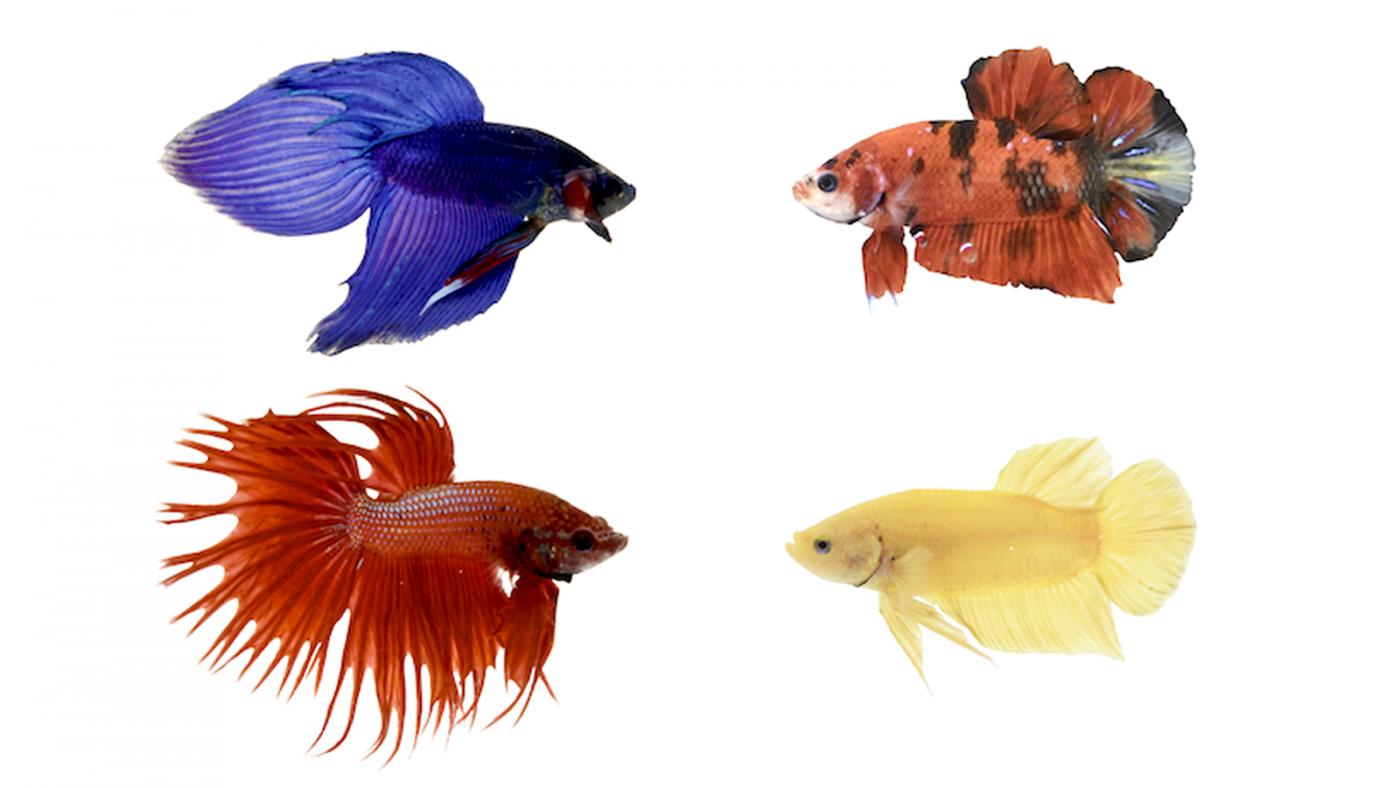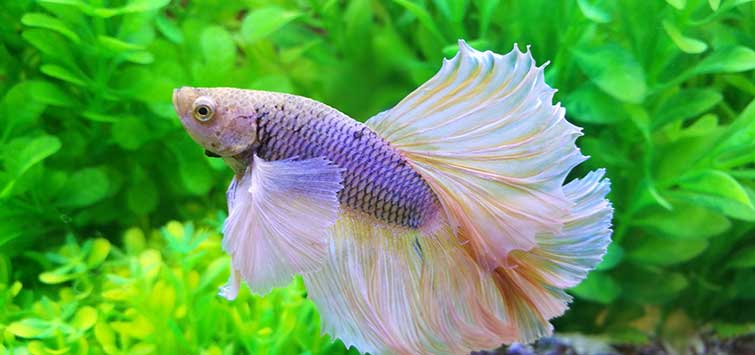Exactly How to Reproduce Betta Fish Efficiently: Professional Strategies and Insights for Hobbyists Aiming To Increase Their Betta Collection
Breeding Betta fish calls for a nuanced understanding of genetics and environmental conditions, making it crucial for hobbyists to approach the process with both diligence and treatment. Creating an optimum breeding setting, choosing the ideal pairs, and observing the ins and outs of their courtship habits are foundational actions that can significantly impact the end result. The subsequent care of the fry is important for guaranteeing their healthy development. As we explore these crucial parts, it comes to be clear that effective reproduction is not almost the initial pairing but includes a broader technique that qualities cautious consideration.
Comprehending Betta Fish Genes
Comprehending the genetics of Betta fish is critical for effective reproduction, as it affects attributes such as shade, fin shape, and behavior. Betta fish exhibit a diverse array of shades and patterns, mostly established by their genetic make-up.
In enhancement to coloration, fin morphology is an additional significant aspect of Betta genetics (betta fish). The sizes and shape of fins are influenced by numerous genetics, including those that determine whether the fins are brief, long, or veil-shaped. Understanding these hereditary variations helps breeders forecast the phenotypic outcomes of their offspring
Furthermore, behavioral characteristics such as aggression and territoriality can likewise be influenced by genetics. These habits play a crucial duty in the reproducing procedure, as they can influence spawning success and the general character of the resulting fry. By adequately recognizing these hereditary principles, breeders can make educated decisions, inevitably boosting their breeding programs and attaining desirable results.
Preparing the Breeding Setting
Developing an ideal reproduction setting is crucial for the effective reproduction of Betta fish. The very first action in preparing this setting is to choose an ideal breeding tank, ideally ranging from 5 to 10 gallons. This dimension enables adequate swimming room and the establishment of regions. The container ought to be outfitted with a heater to maintain a steady temperature level in between 78 ° F and 80 ° F, which is critical for motivating spawning behavior.
Next, consider the use of a sponge filter or an air rock to give mild water blood circulation without creating solid currents that can worry the fish. It is necessary to set up plants or reproducing cones to offer hiding places and promote comfort for the woman during the spawning procedure. Floating plants, such as Java moss or water sprite, can also develop a much more native environment while assisting in bubble nest building by the male.
Before introducing the reproducing sets, make sure the water is conditioned and devoid of dangerous chemicals, such as chlorine or hefty steels. betta fish. Regular water modifications should be conducted to maintain ideal water top quality, boosting the chances of effective reproduction. With these prep work in position, the reproducing atmosphere will certainly support the wellness and well-being of both Betta fish
Choosing Breeding Pairs
Selecting the ideal reproduction sets is critical for accomplishing effective Betta fish reproduction. Healthy and balanced Betta fish show vibrant shades, clear eyes, and active behavior.
Character is another essential factor to consider, as Betta fish are understood for their hostile nature. It is suggested to select a male and lady that display suitable characters to decrease stress and anxiety during the reproducing procedure. A tranquil man can urge a smoother courtship, while a lady that is too aggressive may interrupt the process.
Hereditary background also plays a substantial duty in the quality of the children. Breeding fish that are genetically diverse can decrease the danger of hereditary health and wellness problems and enhance the overall vigor of the fry. It is valuable to research the lineage of both the man and woman, concentrating on desirable characteristics such as fin kind, color scheme, and size.
The Reproduction Refine
The breeding procedure of Betta fish requires careful planning and attention to detail to guarantee a successful end result. It use this link is essential to prepare an appropriate reproduction storage tank, ideally a 5-10 gallon aquarium with a temperature level kept at 78-80 ° F. The container should be geared up with a heating system, filter (ideally sponge type to stay clear of strong currents), and plenty of aquatic plants for the lady to hide.
Once the atmosphere is established, present the chosen reproducing set to the tank, allowing them to accustom. Observe their habits; the man will present elaborate courtship rituals, including flaring his fins and building a bubble nest. If the female reveals rate of interest, she will present vertical red stripes suggesting preparedness for spawning.
When the woman is receptive, both will great post to read certainly take part in a breeding accept, during which the male feeds the eggs. It is vital to monitor their interactions carefully, as the man may come to be aggressive. After spawning, get rid of the woman to stop prospective damage. The male will certainly tend to the eggs, which normally hatch out within 24-36 hours. Preserving ideal water problems throughout this duration is necessary for the development of healthy Betta fry.
Taking Care Of Betta Fry

Feeding Betta fry is important, as they need a diet high in healthy protein. Originally, they can be fed infusoria or fluid fry food, transitioning to carefully smashed premium pellets as they expand. Feed tiny parts multiple times a day to encourage healthy development without overwhelming the tank with leftover food.

As they grow, check their development closely and separate any kind of hostile individuals to prevent harm. By providing a supporting setting and correct nourishment, hobbyists can successfully elevate Betta fry into dynamic, healthy and balanced fish, eventually boosting their breeding ventures.
Conclusion
Effective Betta fish breeding calls for precise attention to hereditary selection, ecological conditions, and care for the fry. By recognizing the genes of Betta fish and preparing a proper reproduction environment, enthusiasts can enhance the opportunities of producing dynamic, healthy spawn.